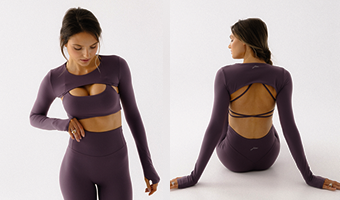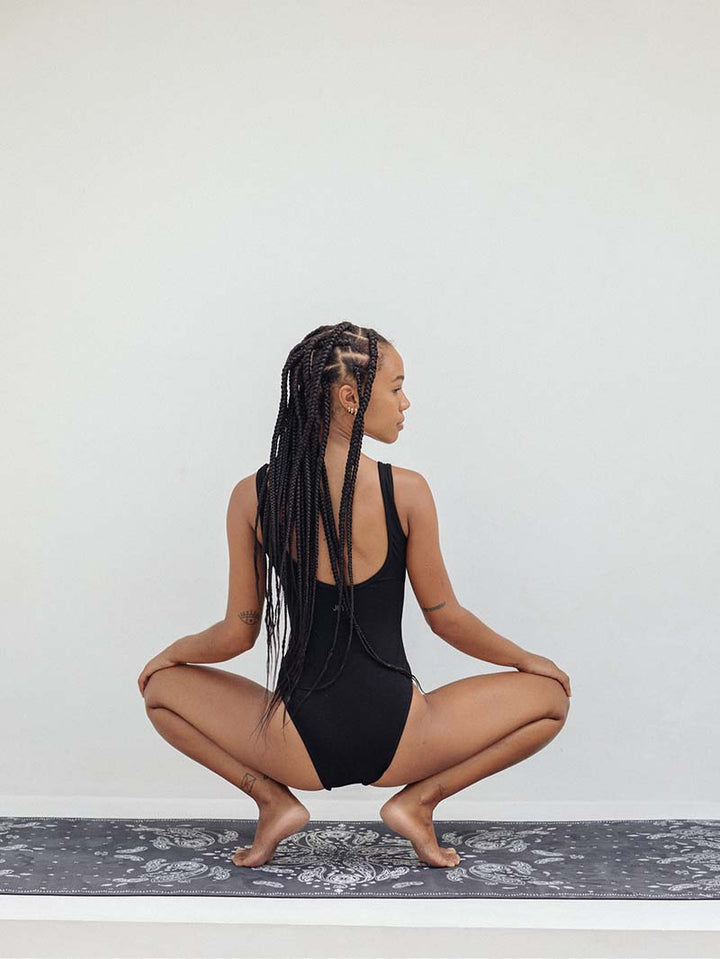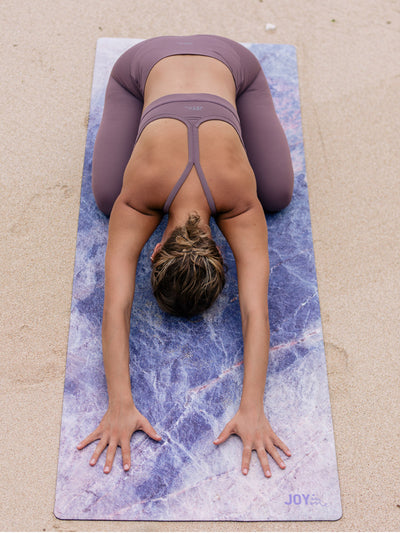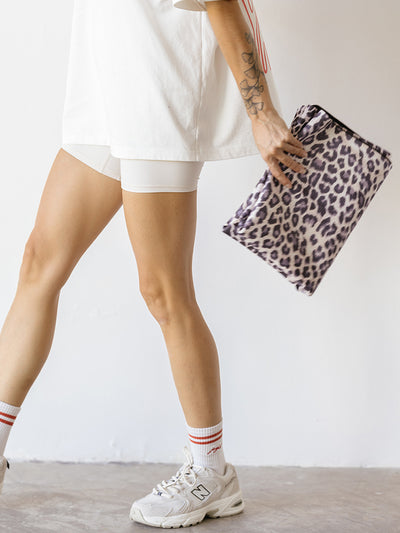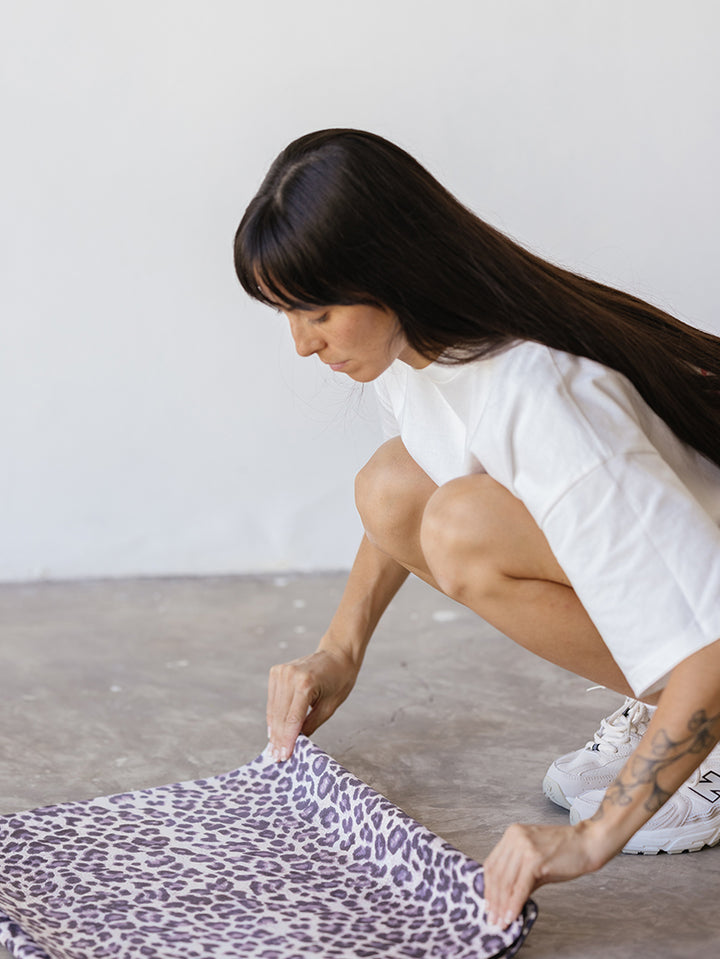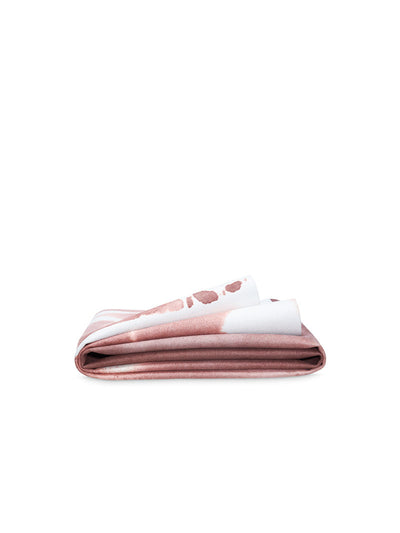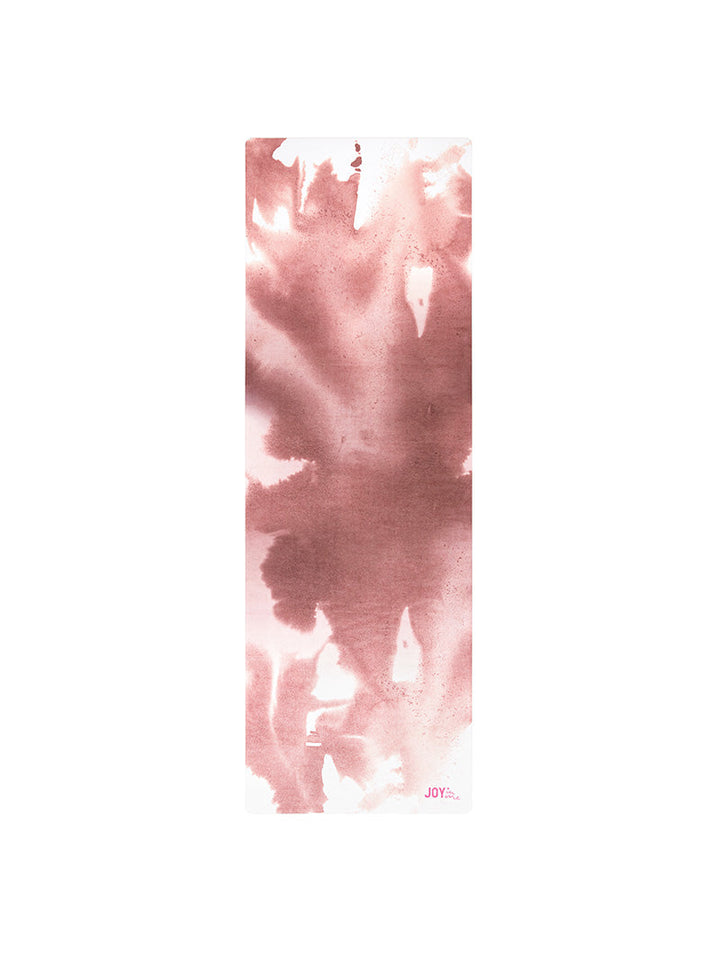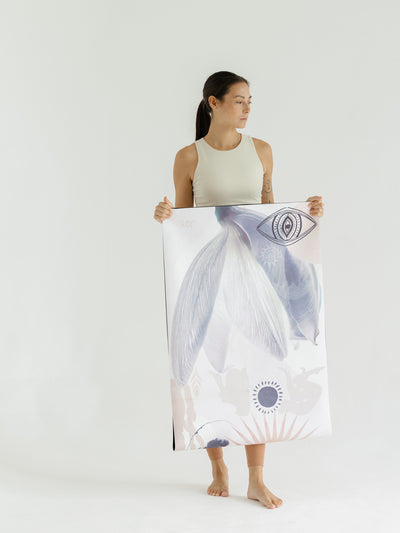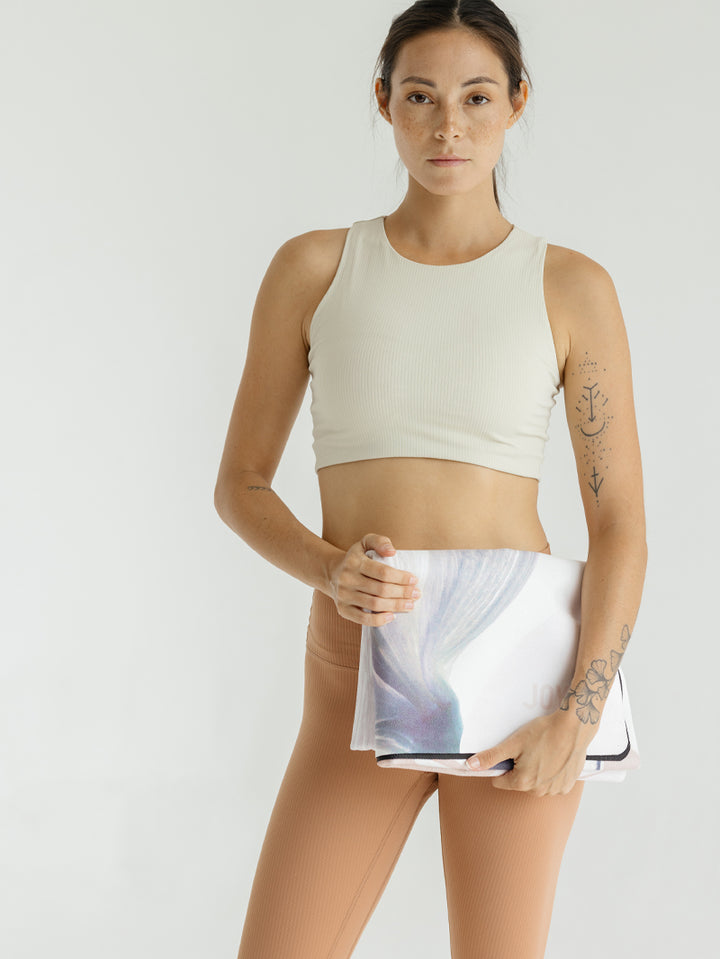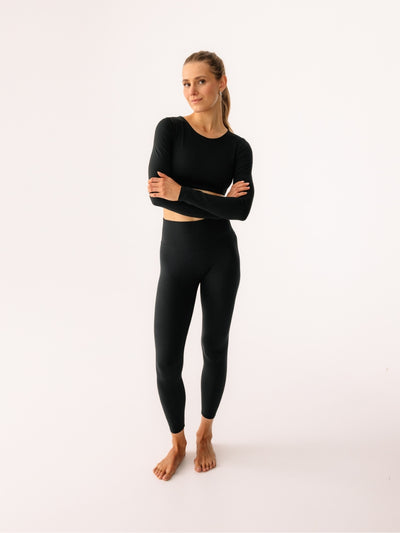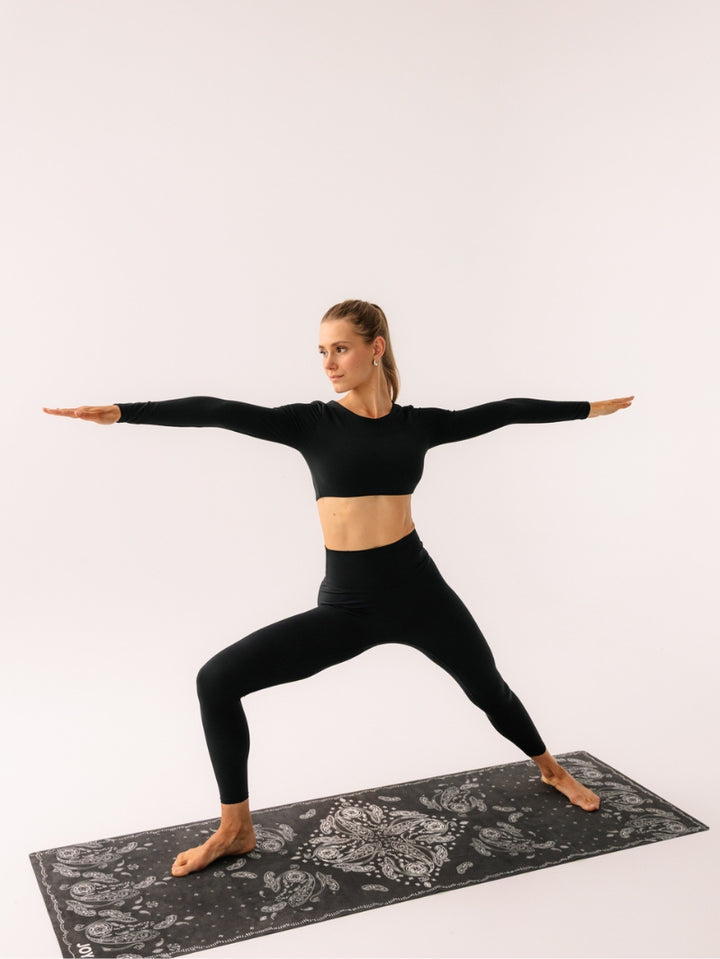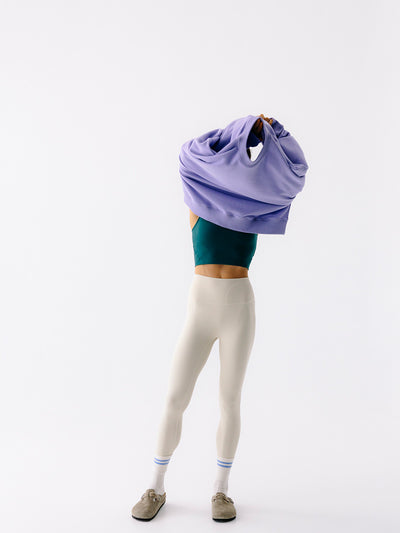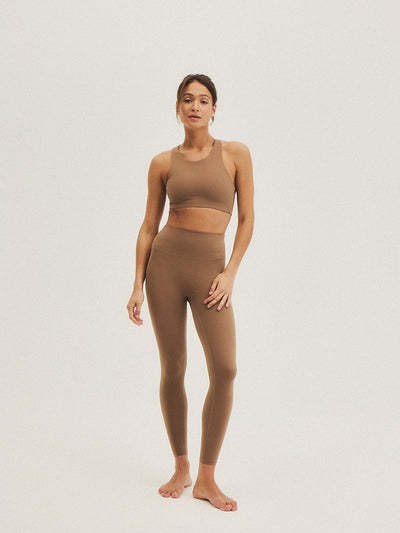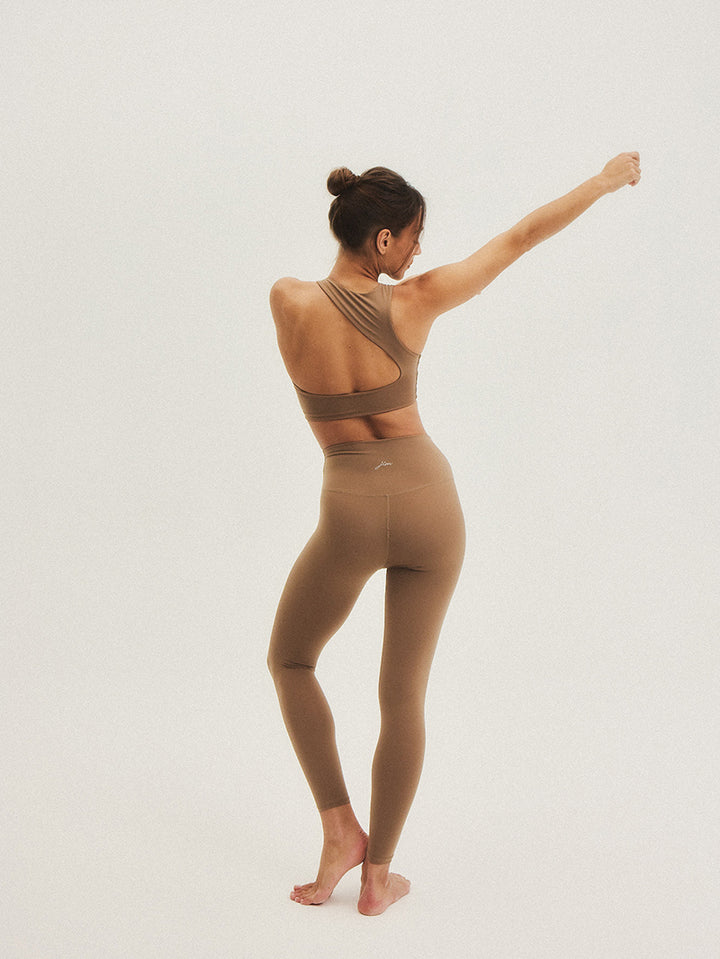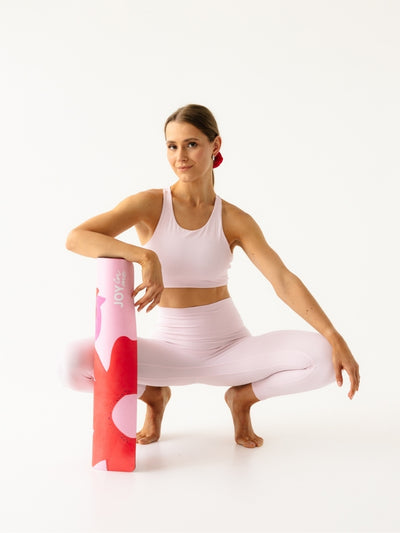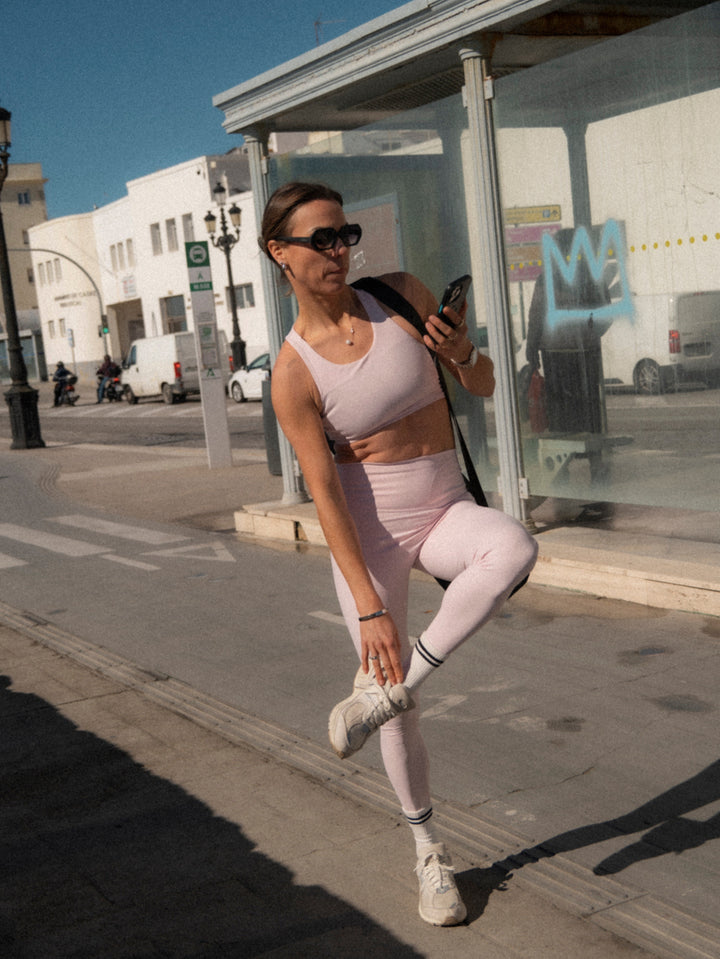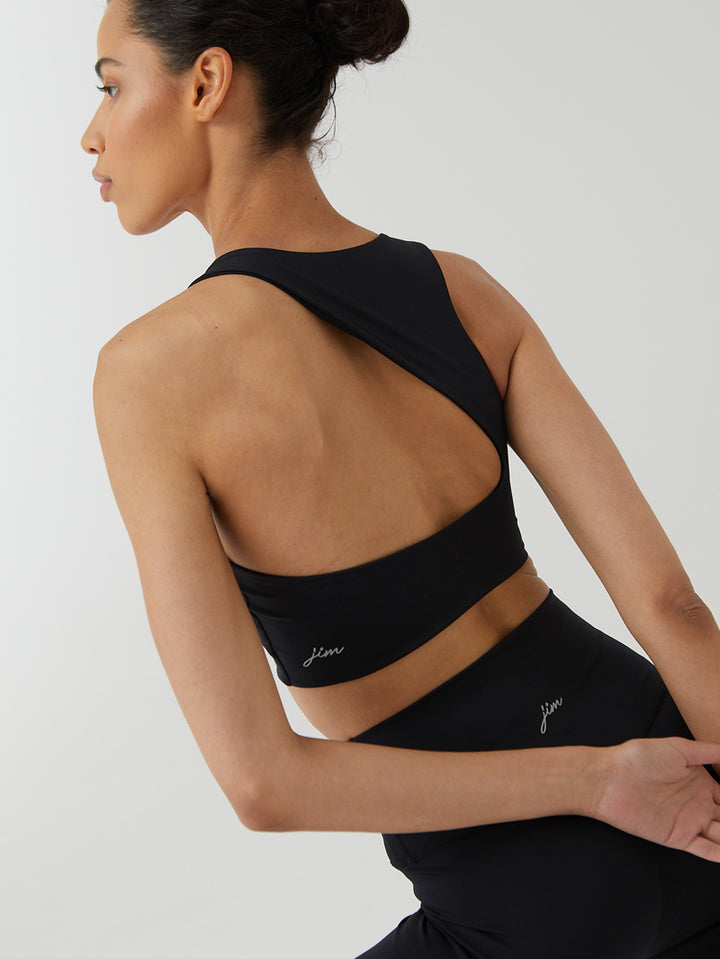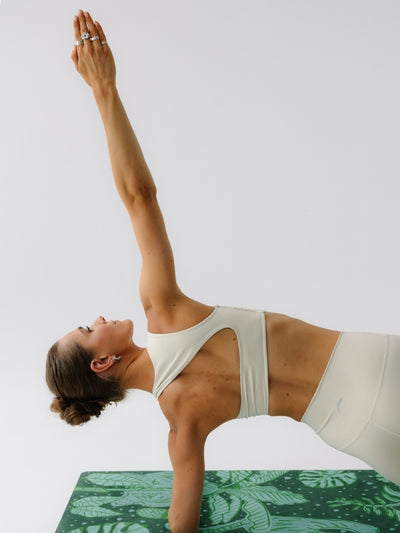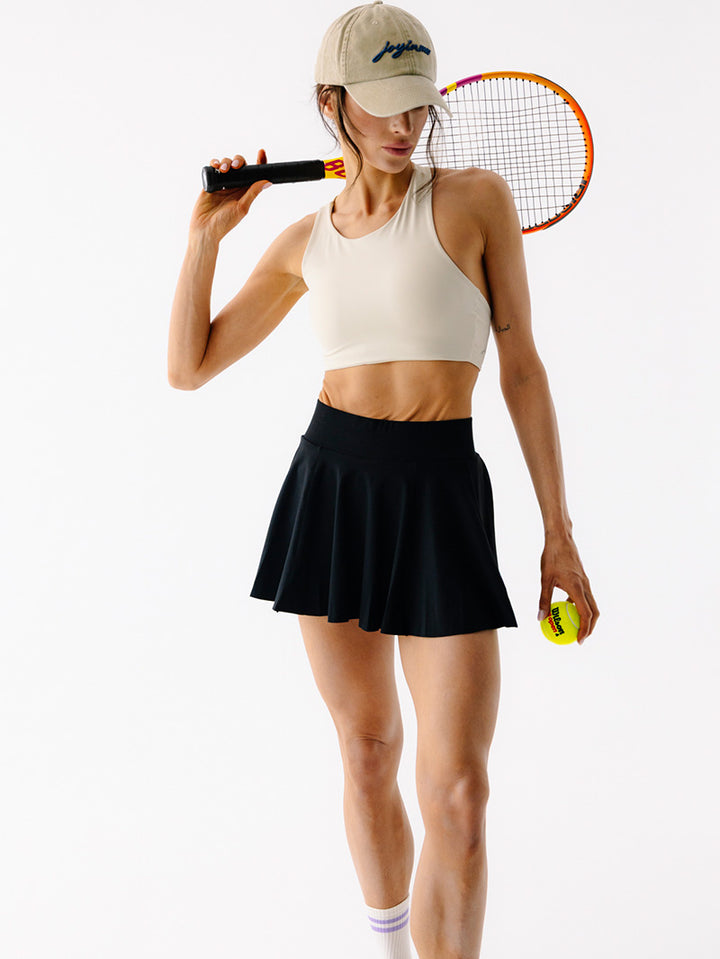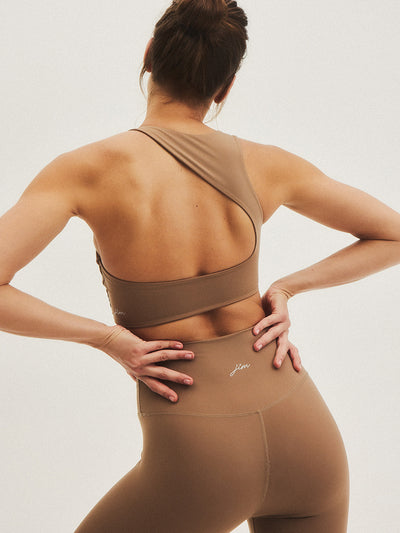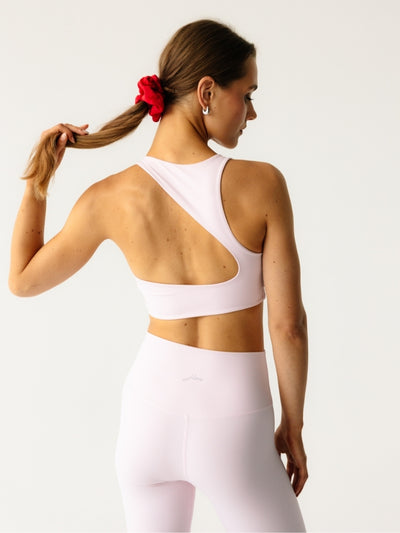Downward-facing dog yoga pose – what are its benefits and how to do it correctly?
Adho Mukha Svanasana, or Downward-Facing Dog, is one of the most popular yoga poses practiced by both beginners and advanced practitioners. Although it may seem simple, performing it correctly is often challenging. It also allows you to assess your progress in yoga, as it requires proper preparation and muscle flexibility. Discover the benefits of Downward-Facing Dog and learn how to perform it correctly.

Benefits of doing the Downward Facing Dog asana
Downward-facing dog pose is an excellent way to reduce stiffness and strengthen the arms and upper body. Opening the chest and stretching the back improves posture. This pose improves flexibility throughout the legs, particularly stretching the hamstrings and calves. It helps prevent osteoporosis and slows the heart rate. It also relieves backache, period pain, PMS, and menopausal symptoms. It's a great way to improve digestion and boost energy. However, downward-facing dog pose should not be performed by people who have had a stroke or have arm or wrist injuries. Avoid the downward-facing dog pose if you have sinus congestion or intense headaches.
How to properly perform downward facing dog?
To perform Downward Facing Dog, you'll need a yoga mat and comfortable clothing that won't restrict movement or slip down. Stretchy leggings with a wide waistband and a top or fitted bodysuit work well. Begin the asana by assuming the Four Point Pose. Your arms should be parallel to the edge of the mat. Then, tighten your abdominal muscles and bring your straight legs back, resting on your tucked toes. This will bring you into plank position (Kumbhakasana). The next step is to raise your hips as high as possible and lower your torso and relaxed head toward the floor. Try to straighten your knees and elbows. Relax your shoulders and neck, and press your shoulder blades toward your sternum.
The position should be held for at least 30 seconds. During this time, be sure to continuously lengthen your spine, so that your back from your shoulders to your tailbone forms a straight line. Your shoulders should be away from your ears, and your head should be stretched between your hands. Keep your abs tight and your knees slightly bent (they should not be straight, as this can cause hyperextension). Press your toes into the floor. Initially, your heels don't need to be on the mat. The most important thing is to lengthen your spine. This is something worth focusing on when deepening your practice at later stages.
Downward Facing Dog - The Benefits of Regular Practice
Downward-facing dog is one of the most well-known yoga poses. It can be challenging at first, but it's worth practicing correctly and deepening your skills. Regular practice will bring you numerous benefits, including strengthening your arm muscles, lengthening and relaxing your spine, and improving leg flexibility. Improve your health and fitness with Adho Mukha Svanasana.
